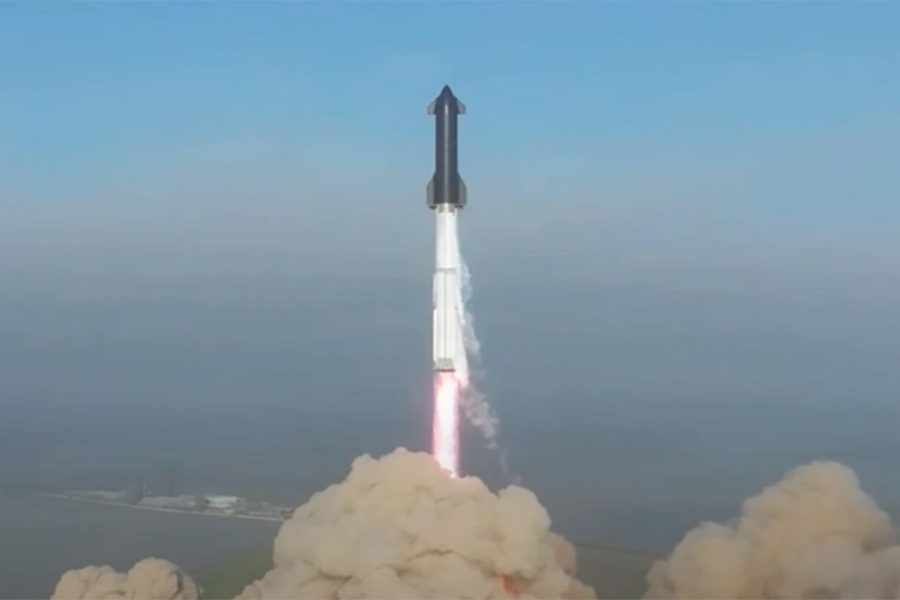
Starship lifts off from Boca Chica, Texas, on April 20, 2023.
Credit: SpaceX
SOUTH PADRE ISLAND, Texas—Elon Musk’s fervent wish before the Starship’s orbital debut was that if the launch was not successful—a highly likely scenario, given that the 33-engine Super Heavy first-stage booster had never flown before—at least the launchpad be spared. “It’s a very risky flight,”...
Subscription Required
This content requires a subscription to one of the Aviation Week Intelligence Network (AWIN) bundles.
Schedule a demo today to find out how you can access this content and similar content related to your area of the global aviation industry.
Already an AWIN subscriber? Login
Did you know? Aviation Week has won top honors multiple times in the Jesse H. Neal National Business Journalism Awards, the business-to-business media equivalent of the Pulitzer Prizes.





